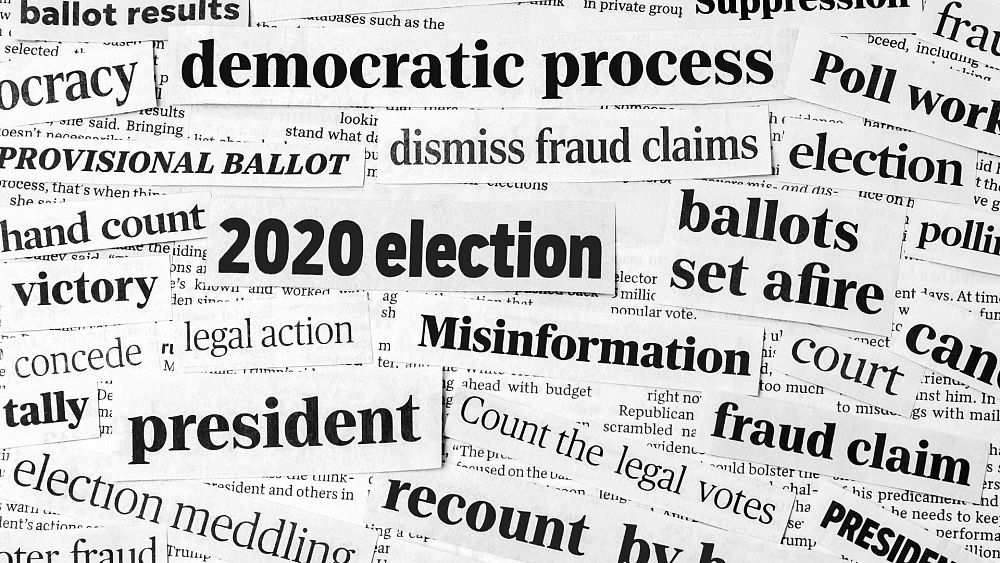
Generative AI has led to an increase in websites producing low-quality or fake content – and major brands’ advertising budgets may be funding them.
The availability of generative artificial intelligence (AI) tools such as OpenAI’s ChatGPT and Google’s Bard, meanwhile, has meant AI-generated news and information has added to this tidal wave of content over the past year.
A new analysis from NewsGuard, a company that gives trust ratings to online news outlets, has found the proliferation of this poor quality, AI-generated content is being supported financially thanks to the advertising budgets of major global brands, including tech giants and banks.
The adverts appear to be generated programmatically, so the brands aren’t necessarily choosing to advertise on the websites that NewsGuard dubs “unreliable AI-generated news and information websites (UAINs)”.
According to NewsGuard, most of the ads are placed by Google, and they fail to protect the companies’ brand safety – as many legitimate companies don’t want to be seen to be advertising on sites that host fake news, misinformation, or just low-quality content.
NewsGuard, which says it provides “transparent tools to counter misinformation on behalf of readers, brands, and democracies,” defines UAINs as websites that operate with little or no human oversight, and publish articles that are written largely or entirely by bots.
Their analysts have added 217 sites to its UAIN site tracker, many of which appear to be entirely financed by programmatic advertising.
Incentivised to publish low-quality content
Because the websites can make money from programmatic advertising, they are incentivised to publish often. One UAIN the company identified – world-today-news.com – published around 8,600 articles in the week of June 9 to June 15 this year. That’s an average of around 1,200 articles a day.
The New York Times, by comparison, publishes around 150 articles a day, with a large staff headcount.
NewsGuard hasn’t named the big brands that are advertising on these low-quality websites, as they do not expect the brands to know their ads are ending up on those sites.
They did say the brands include six major banks and financial-services firms, four luxury department stores, three leading brands in sports apparel, three appliance manufacturers, two of the world’s biggest consumer technology companies, two global e-commerce companies, two US broadband providers, three streaming services, a Silicon Valley digital platform, and a major European supermarket chain.
Many brands and advertising agencies have “exclusion lists” that stop their ads from being shown on unwelcome websites, but according to NewsGuard, these lists aren’t always kept up to date.
In its report, the company behind the Internet trust tool says it contacted Google multiple times asking for comment about its monetisation of the UIAN sites.
Google asked for more context over email, and upon receiving the additional content as of June 25, Google has not replied again.
Google’s ad policies are supposed to prohibit sites from placing Google-served ads on pages that include “spammy automatically-generated content,” which can be AI-generated content that doesn’t produce anything original or of “sufficient value”.
A previous report from NewsGuard this year highlighted how AI chatbots were being used to publish a new wave of fake news and misinformation online.
In their latest research, conducted over May and June this year, analysts found 393 programmatic ads from 141 major brands that appeared on 55 of the 217 UAIN sites.
The analysts were browsing the sites from the US, Germany, France, and Italy.
All of the ads identified appeared on pages that had error messages generated by AI chatbots, which say things such as: “Sorry, as an AI language model, I am not able to access external links or websites on my own”.
More than 90 per cent of these ads were served by Google Ads, a platform that brings in billions in revenue for Google each year.
